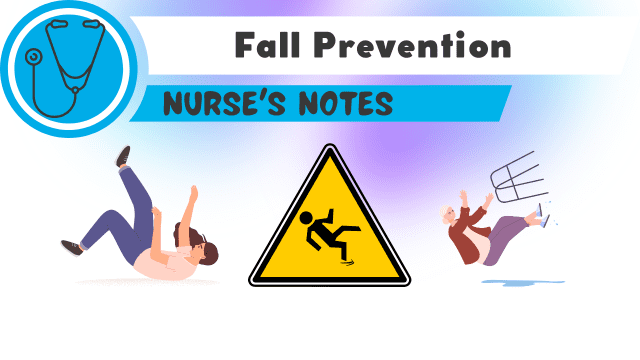The Dementia Fall Risk PDFs
The Dementia Fall Risk PDFs
Blog Article
4 Simple Techniques For Dementia Fall Risk
Table of ContentsThe Greatest Guide To Dementia Fall RiskWhat Does Dementia Fall Risk Do?Dementia Fall Risk Things To Know Before You Get This7 Simple Techniques For Dementia Fall Risk
An autumn threat analysis checks to see how most likely it is that you will drop. The assessment normally includes: This consists of a series of inquiries about your total health and if you have actually had previous falls or issues with equilibrium, standing, and/or walking.STEADI includes screening, examining, and intervention. Interventions are suggestions that might decrease your danger of dropping. STEADI consists of 3 actions: you for your danger of succumbing to your risk variables that can be improved to try to avoid drops (as an example, balance issues, damaged vision) to decrease your threat of dropping by utilizing reliable approaches (for example, providing education and resources), you may be asked several inquiries including: Have you dropped in the past year? Do you really feel unstable when standing or walking? Are you stressed over falling?, your company will test your stamina, equilibrium, and gait, making use of the adhering to autumn analysis devices: This examination checks your stride.
If it takes you 12 seconds or even more, it might mean you are at greater threat for a loss. This test checks stamina and equilibrium.
The positions will get tougher as you go. Stand with your feet side-by-side. Relocate one foot halfway ahead, so the instep is touching the huge toe of your other foot. Relocate one foot completely before the other, so the toes are touching the heel of your various other foot.
Dementia Fall Risk Things To Know Before You Buy
A lot of falls take place as a result of several contributing aspects; for that reason, taking care of the risk of dropping begins with determining the aspects that add to drop threat - Dementia Fall Risk. A few of the most relevant risk factors include: Background of prior fallsChronic medical conditionsAcute illnessImpaired stride and equilibrium, lower extremity weaknessCognitive impairmentChanges in visionCertain high-risk medicines and polypharmacyEnvironmental aspects can likewise enhance the danger for falls, consisting of: Inadequate lightingUneven or damaged flooringWet or unsafe floorsMissing or harmed hand rails and get barsDamaged or improperly fitted equipment, such as beds, mobility devices, or walkersImproper usage of assistive devicesInadequate guidance of the people residing in the NF, consisting of those who display aggressive behaviorsA effective autumn risk monitoring program requires a complete medical analysis, with input from all participants of the interdisciplinary group

The treatment strategy ought to also include treatments that are system-based, such as those that advertise a secure environment (appropriate lights, hand rails, grab bars, and so on). The efficiency of the interventions should be reviewed regularly, and the treatment strategy changed as needed to mirror changes in the autumn risk analysis. Implementing an autumn risk management system using evidence-based finest practice can lower the prevalence of falls in the NF, while restricting the potential for fall-related injuries.
A Biased View of Dementia Fall Risk
The AGS/BGS standard recommends screening all adults aged 65 years and older for fall risk every year. This screening includes asking clients whether they have dropped 2 or even more times in the past year or sought medical interest for an autumn, or, if they have actually not fallen, whether they feel unstable when strolling.
Individuals who have dropped as soon as the original source without injury should have their balance and stride assessed; those with stride or balance irregularities ought to get added analysis. A history of 1 fall without injury and without stride or balance troubles does not necessitate additional assessment beyond continued annual fall threat screening. Dementia Fall Risk. A fall threat analysis is called for as part of the Welcome to Medicare evaluation

Dementia Fall Risk Things To Know Before You Get This
Documenting a falls history is one of the high quality signs for autumn avoidance and monitoring. copyright drugs in specific are independent predictors of drops.
Postural hypotension can frequently be relieved by minimizing the dosage of blood pressurelowering medications and/or quiting drugs that have orthostatic hypotension as a side result. Use of above-the-knee support tube and copulating the head of the bed elevated may additionally reduce postural decreases in high blood pressure. The advisable elements of a fall-focused physical exam are received Box 1.

A TUG time higher than or equal to 12 secs suggests high autumn risk. The 30-Second Chair Stand examination evaluates lower extremity strength and equilibrium. Being incapable to stand from a chair of knee height without making use of one's arms indicates raised loss danger. The 4-Stage Balance test analyzes fixed equilibrium by having the patient stand in 4 settings, each gradually more difficult.
Report this page